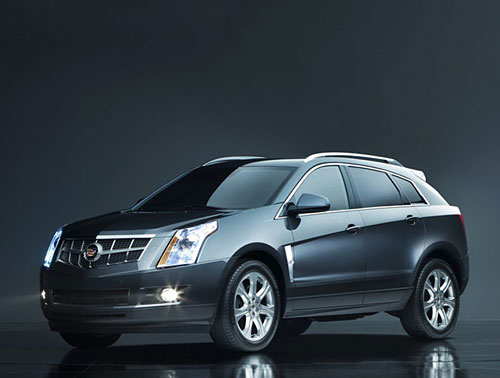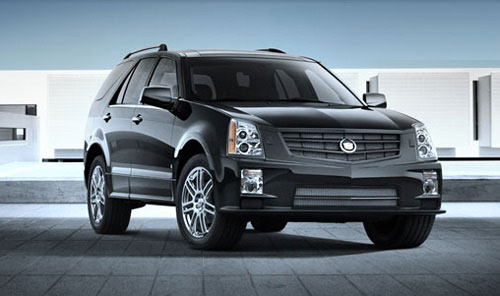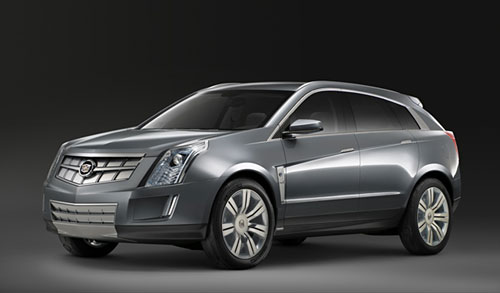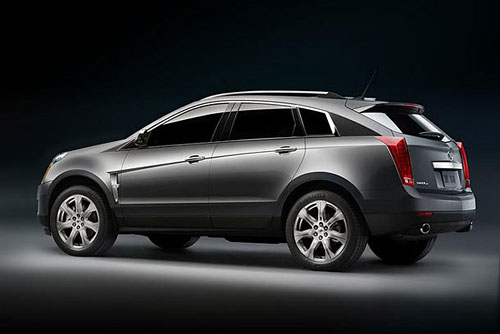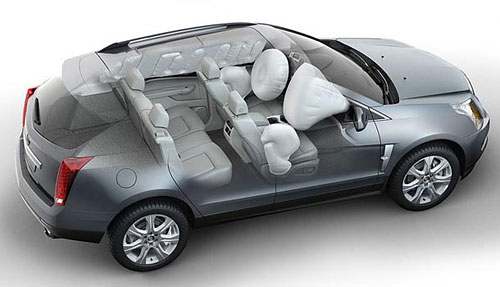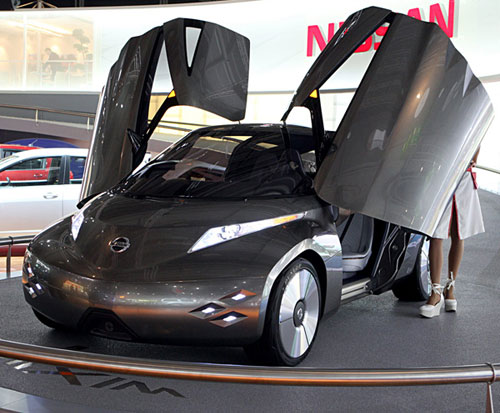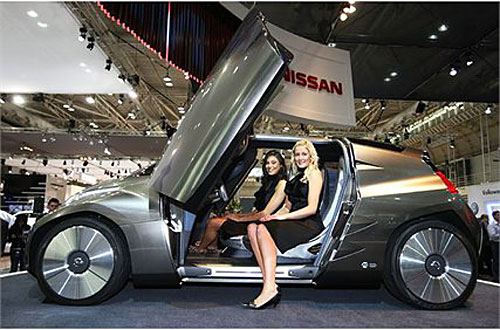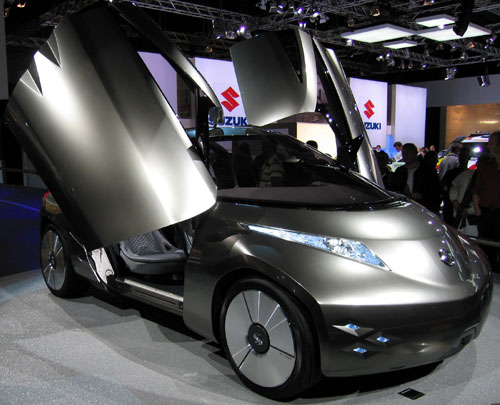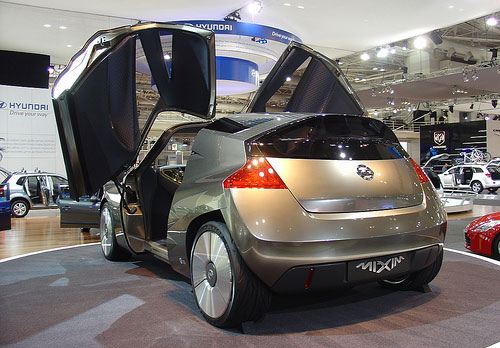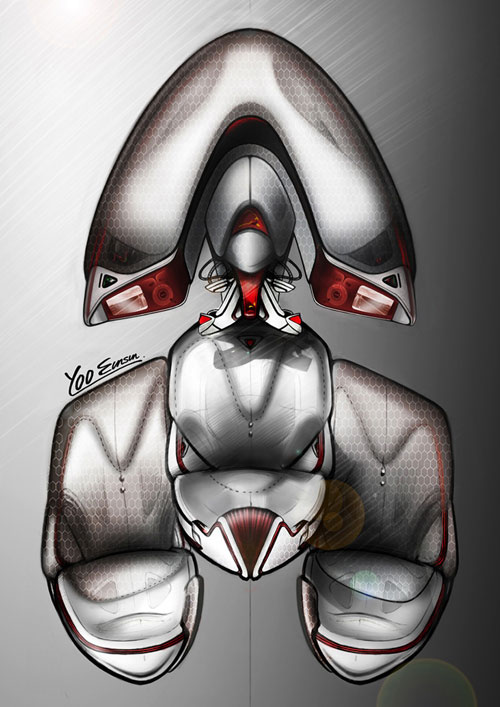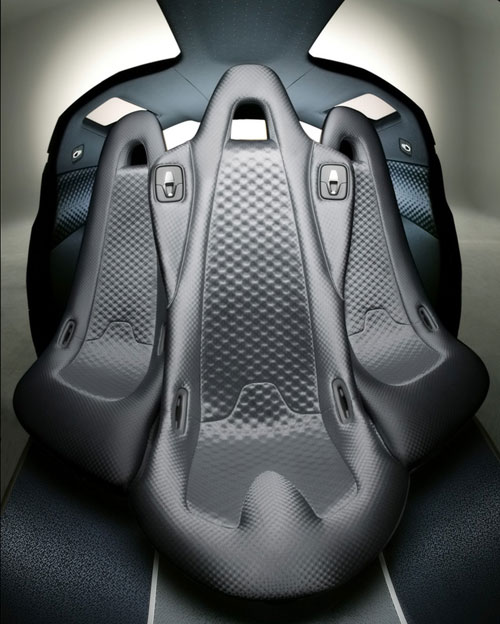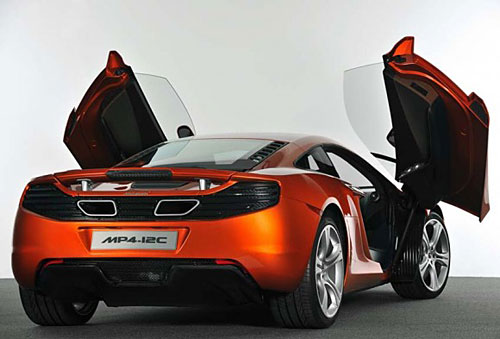
2011 McLaren MP4 12C Lightweight and performance that defines the philosophy of the McLaren. But the only direct power little significance if the weight of the car Sap output or if the power is very complicated and compromise driving experience or the proceeds can not be accepted.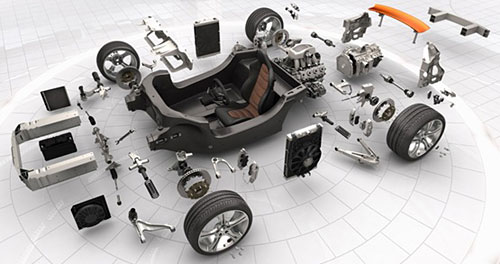
Basically, it is very important to keep weight as low as possible. Improvement customer demand for advanced safety features and all means that shaving weight difficult. However, the weight savings McLaren keep the spirit and the heart of the McLaren MP4-12C is carbon fiber composite chassis: it MonoCell Carbon.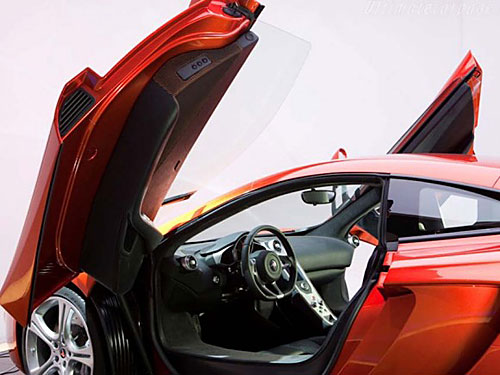
Revolutionary structure is the automotive version of the McLaren motor racing car a 1981 innovation of the MP4 / Formula 1. This is not only a core of fast, safe, clean cars and light, but through techniques revolutionary one part mold manufacturing, also presents a unique structure allowing greater freedom for innovative packaging and interior design. The MonoCell allows for the creativity of interior design that sets new standards. The whole focus on creating a unique 12C cockpit area and functional – in the car is actually narrower than the competition. Interior styling and offers a symmetry that wraps around the occupants and make them feel good physically and emotional.
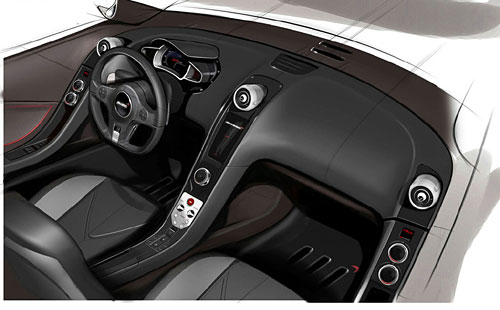 McLaren MP4-12C interior sketches
McLaren MP4-12C interior sketches
Another feature that helps 12C to handle the new level is development of electronic systems used in the 1997 McLaren MP4/12 car, Formula 1 – Brake-Steer. In essence it is a system that brakes the rear wheels when the car in entering the bend too quickly to create the desired radius.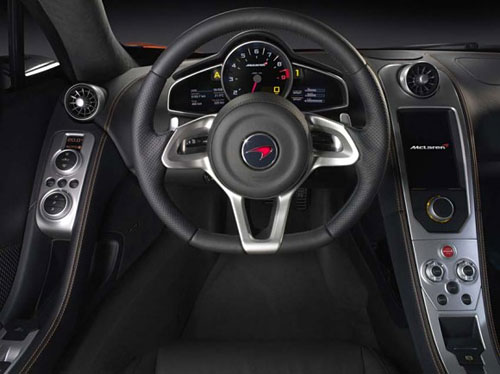
BodyThe McLaren MP4-12C MonoCell, or, not only bring benefits to dynamic, but also offers opportunities for fundamental techniques that form the basis of the unique character cars. This has been designed to allow the whole structure is much narrower which in turn contribute to a more compact cars that are easier to position in road and more useful for driving.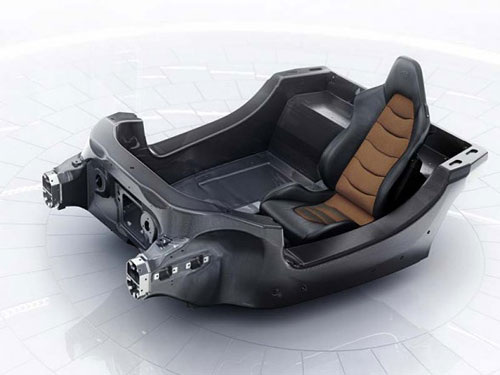
Frank Stephenson, Director of Design McLaren Automotive, explained: Many of sports cars and super car presents ‘-in your-face’, ‘look-at-me’ images that can be used and defiantly polite, backhanded compliment to the end, “… it is his time.” Great design, however, is timeless and relevant look years later. With 12C we have produced a car that looks great now and still will look great in the coming years. 12C body had been laid out to support the sector-leading level of downforce. This downforce contribute to sector-leading levels of lateral grip and stability. Airflow has manically managed to support all performance figures and light targets. For example, radiator placed adjacent to the car engine still narrow and reduce weight body. However, this result is a big challenge to ensure adequate air flow for radiator. The result? The air side of a large spoon and integrated propeller behind the dramatic, but purely functional. No larger or smaller than required.

